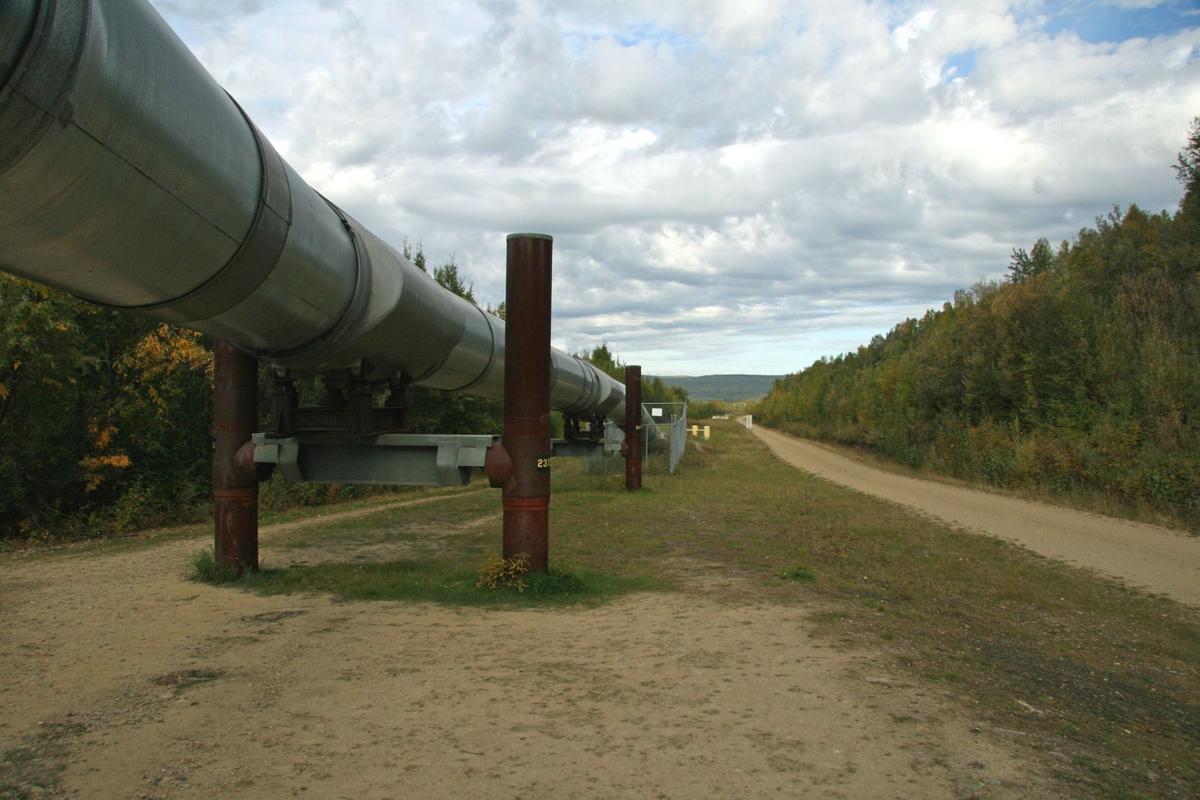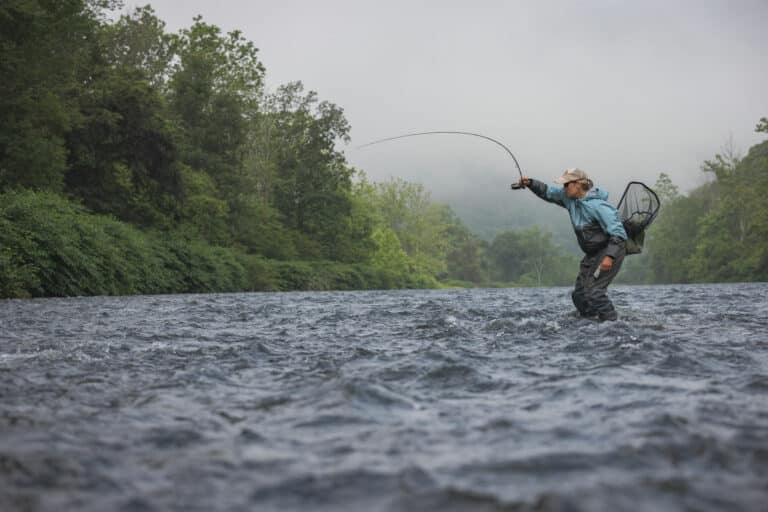You know the stream you can just make out rippling through the treeline at the edge of your property? The one that the neighborhood kids make small rock dams in, sometimes racing leaves and sticks through miniature whitewater rapids.
Or that creak that crosses the trail at the perfect resting point on your favorite hike with the wooden footbridge over it that looks old enough to be built by John Muir himself.
Or the narrow river where you navigate the banks with fly-rod in hand looking for that pool you know provided you with two nice-sized rainbows that you brought home for Sunday dinner around this time last year.
Now imagine looking down on these streams on the perfect summer sunny day, and what was once water so clear you might not notice it was there were if not for the babbling sounds and shimmering reflections, was the color of chocolate milk, the brown color of floodwater though it hadn’t rained for days.
In the tight-knit communities of Appalachia, you would ask your neighbor about it. And once you deduced the muddiness may be coming from the construction of the Mountain Valley Pipeline upstream, the one that promised minimal effects on the mountain streams it traverses, you would ask what can we do about this?
That is how the Mountain Valley Watch began. One neighbor asking another what can be done about this?
In 2017, Jason Shelton was asked that question by his neighbors, and as an engineer with expertise in mapping technologies who sometimes uses drones to measure the vegetative health of specialty crops such as wineries and hop-yards, he heeded the call and took action.
“I don’t know how you can ignore that call as a professional in your community”, said Shelton.
He began by reaching out to Kirk Bowers of the Virginia Sierra Club, and Rick Shingles and Russell Chisolm of Preserve Giles County, one of several local groups fighting pipelines under the larger Protect Our Water Heritage Rights group that has battled MVP for the four years since its inception. POWHR has challenged MVP every step of the way through the regulatory process, and now that construction has began, through civil disobedience using methods with activists tree-sitting and a chaining themselves to construction equipment.
They also are monitoring potential water violations and this is where Shelton could help.
He offered to build a mapping tool that would show detailed and accurate information about the route and its impacts on communities.
They joined forces and became the Mountain Valley Watch, enlisting and training a multiple county-wide neighborhood watch of landowners and volunteers, documenting and reporting any possible malfeasance on the part of the pipeline.
Their main focus being the stormwater mitigation measures. With the pipeline’s swath being 50 feet when completed and up to 150 feet during construction, runoff during storms can unnaturally muddy the surrounding creeks and streams, eroding soil, destroying ecosystems and causing property damage. The pipeline argues their measures can help to counterattack runoff, the Mountain Valley Watch has found otherwise.
They document their findings using a smartphone survey app that collects descriptions, photographs, all with a gps tag that allows Shelton and Chisolm to corroborate and gather on their website Newrivergeographics.com. Shelton and Chisolm also monitor the reports using drones that can show the bigger picture using hi-resolution video imaging from above. Alleged violations are then sent to the Virginia Department of Environmental Quality for possible investigation.
Mountain Valley Watch is but one the newest brigades in the activist army battling the pipeline.
An unprecedented 13,000 written comments were sent to the VDEQ prior to the public hearing by the State Water Board on August 21 to decide if they would reconsider the permit that allows the pipeline to run on the bottoms of roughly 500 streams and wetlands of Virginia.
Shelton was on hand representing MVW, which contributed a 34 page report documenting their findings to date
The State Water Board ruled 4-3 against reconsidering after a raucous four-hour meeting was nearly adjourned due to heckling by the 200 or so in attendance aimed at the board members and the Virginia Department of Environmental Quality.
If the board had ruled to reconsider the permit, it would have led to a more a comprehensive study of the impacts, slowing construction of the pipeline even further than the August 3 ruling by the Federal Energy Regulation Committee that ordered construction halted until further review on the 3.6 miles running through Jefferson National Forest due to similar concerns.
A little over a week after the water board ruling, and a month after they stopped construction on the pipeline, federal regulators ruled to allow construction to resume on the pipeline.
“I’m encouraged by the efforts of three of the seven Water Control Board members to revoke these pipeline permits and the work of all of these volunteers led to the board to push for stricter enforcement from DEQ,” Chisolm wrote in an email.
“Those of us who rely on private wells and springs will continue to fight to protect the watershed for everyone downstream and I’m proud to serve my community in this way.”
The Mountain Valley Watch, which began with one neighbor asking another what can be done, has brought a sophisticated vigilance in the monitoring of malfeasance by the pipeline. And will continue their efforts filing well-documented suspected violations to those streams that run through our backyards and trails and fishing holes as long they are being muddied by unnatural runoff.








